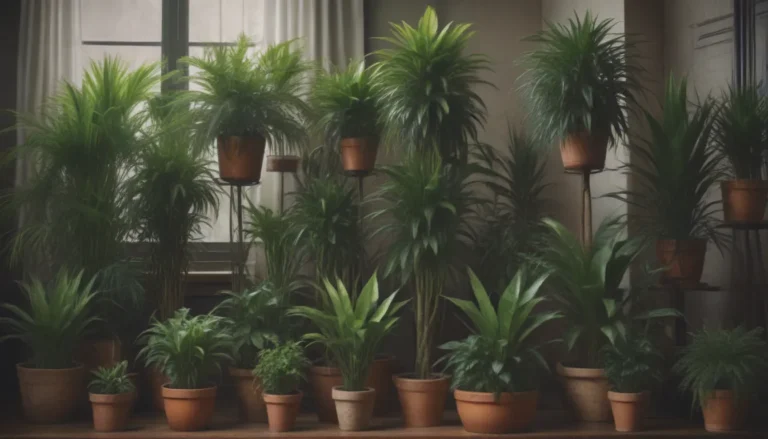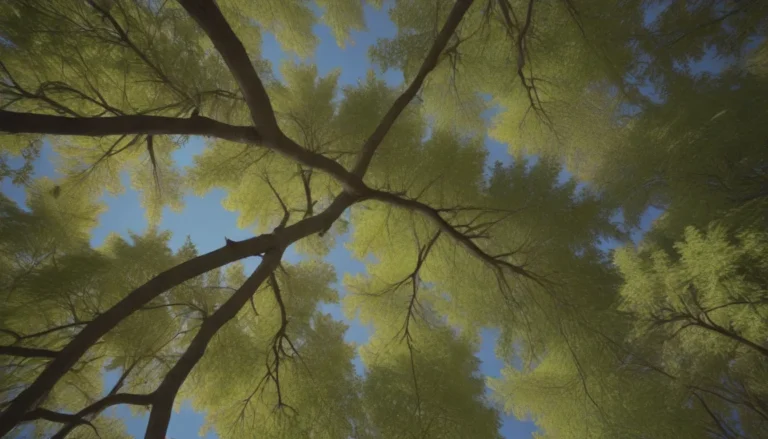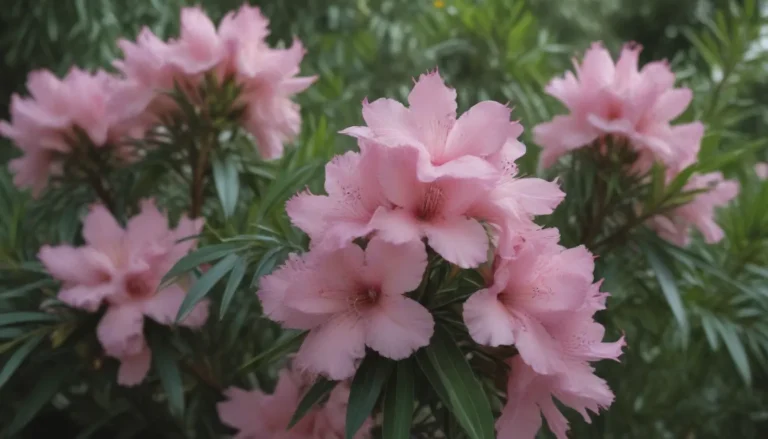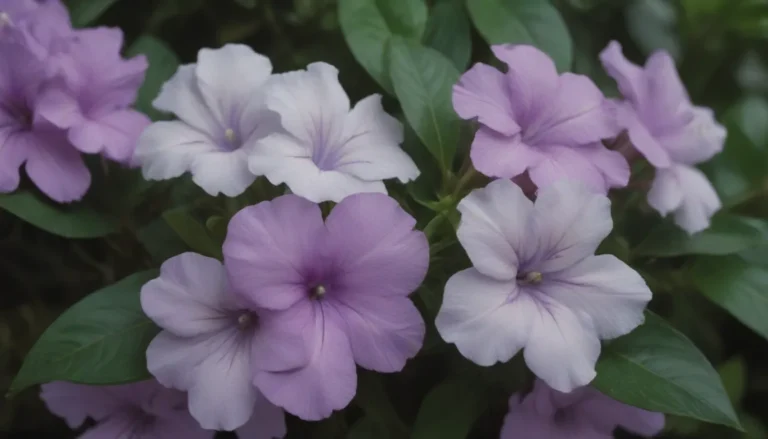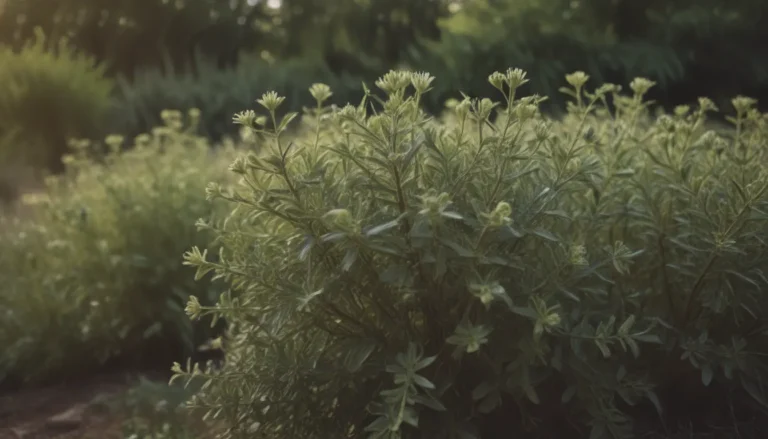The Ultimate Guide to Growing and Caring for Watercress

Watercress, a delightful and peppery herb that adds flavor to salads, soups, and sandwiches, is a must-grow for any garden enthusiast. Whether you have a green thumb or are just starting in the gardening world, watercress is an easy-to-care-for plant that will provide you with delicious leaves and stems throughout the growing season. In this comprehensive guide, we will cover everything you need to know about planting, caring for, and harvesting watercress.
Introduction to Watercress
Watercress (Nasturtium officinale) belongs to the mustard family and is known for its love of water. With its origins along stream banks and water sources, watercress is a water-loving perennial herb that thrives in moist environments. It is widely cultivated worldwide and is a popular choice for its unique peppery flavor.
Benefits of Growing Watercress
- Rich in nutrients such as vitamins A, C, and K
- Low in calories but high in antioxidants
- Supports a healthy immune system
- Aids in digestion and heart health
- Easy to incorporate into various dishes for added flavor
How to Plant Watercress
When to Plant
Watercress can be grown from seeds or cuttings and does best in cool weather. To ensure a successful growing season, plant watercress early in the spring before the hot summer temperatures arrive. If starting from seeds, sow them three to four weeks before the last frost date for optimal growth.
Selecting a Planting Site
Choose a location with consistently wet soil and full sun exposure for your watercress. This plant thrives in moist environments, so make sure to keep the soil well-watered to promote healthy growth.
Spacing, Depth, and Support
- Plant watercress seeds just below the soil surface, approximately 1/4 inch deep.
- Space seeds three to four inches apart to allow for adequate growth.
- If growing watercress in a container, use a large planter with good drainage to prevent waterlogging.
Watercress Plant Care
Light
Watercress prefers full sun to partial shade for optimal growth. If growing indoors, ensure the plant receives at least four hours of sunlight per day to thrive.
Soil
Watercress is not picky about soil types and can grow in various soil conditions. However, it thrives in soil that retains moisture well. Use a soilless potting mix with peat for indoor container planting to improve water retention.
Water
As the name suggests, watercress needs plenty of water to flourish. Keep the soil consistently moist, especially during hot weather, to prevent the plant from wilting. Use a soil moisture meter to monitor moisture levels and water accordingly.
Temperature and Humidity
Watercress thrives in cool, wet conditions and can be grown in USDA hardiness zones 3 to 11. Protect the plant from freezing temperatures by bringing it indoors during the winter months or treat it as an annual if grown exclusively outdoors.
Fertilizer
Watercress has low nutrient requirements but may benefit from occasional fertilization. Apply a kelp-based fertilizer every two to three weeks to encourage healthy growth and prevent nutrient deficiencies.
Harvesting Watercress
When to Harvest
Watercress can be harvested at various stages of growth, depending on your preference. Microgreens are ready to harvest within 10-15 days, while full-grown leaves and stems are ready for picking after about three weeks.
How to Harvest
- Use scissors to cut watercress microgreens just above the soil when they reach two inches in height.
- Harvest mature leaves and stems by cutting them at the base with scissors, ensuring you do not remove more than one-third of the plant at a time.
- Harvest before the plant flowers in the summer to avoid bitterness in the leaves.
Pruning Watercress
Pruning watercress involves harvesting leaves and stems to encourage new growth and prevent flowering. Remove any yellowing or damaged leaves with clean pruning shears and trim away flower buds before they blossom to maintain plant vigor.
Propagating Watercress
Similar to basil, watercress can be easily propagated from stem cuttings using the water method. Take cuttings in the spring for best results and enjoy a continuous supply of fresh watercress throughout the growing season.
Common Pests and Plant Diseases
While watercress is relatively disease-free, it may attract pests such as whiteflies, spider mites, and garden snails. Keep an eye out for signs of infestation and take appropriate measures to prevent damage to your plants.
In conclusion, watercress is a versatile and flavorful herb that can thrive in both outdoor garden beds and indoor containers with the right care and attention. By following these tips on planting, care, and harvesting, you can enjoy a bountiful harvest of fresh and peppery watercress throughout the growing season. Happy gardening!
